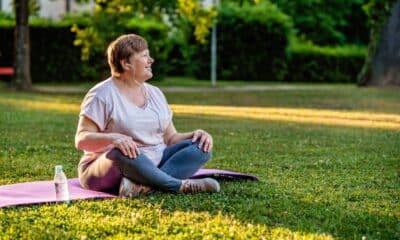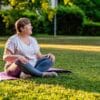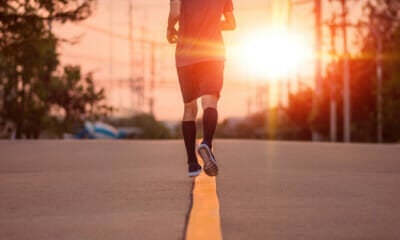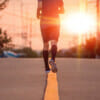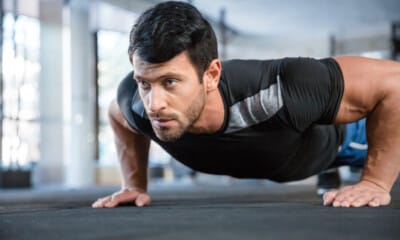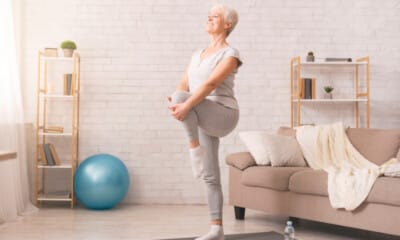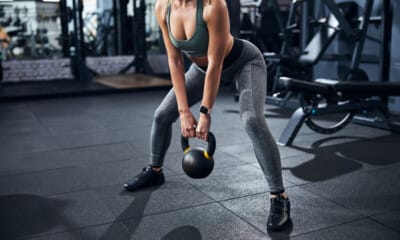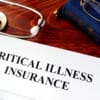The Advantages And Disadvantages Of Exercising Without Shoes
At the gym, most of us prefer to wear shoes when participating in a HIIT class. However, while relaxing at home barefoot or in socks, it might be tempting to jump right into our workout without putting on shoes. Is it necessary to wear shoes?
There are differing opinions on whether exercising barefoot is beneficial for foot strength or if it increases the risk of injury.
To address this, we sought advice from a physical therapist.
Autumn Hanson, DPT, a physical therapist and owner of PERMISSION2MOVE, suggests that there are numerous factors to consider before opting to go barefoot, but there are indeed advantages to leaving your sneakers off by the door.
Increased Sensory Awareness in Feet
Dr. Hanson explains that our feet are continuously in contact with the ground, serving as the sole body parts providing proprioception, which aids in understanding our body’s positioning in space.
“Our feet provide essential feedback to the brain by constantly analyzing ground conditions such as slanting or uneven surfaces. This information helps us maintain balance and stability,” says Dr. Hanson. Working out barefoot enhances this feedback, aiding in avoiding falls and strengthening the 34 muscles in the feet and lower legs.
Promotes Slower Movement and Mindfulness
Dr. Hanson notes that exercising barefoot encourages slower movements and attentiveness to surroundings, promoting mindfulness that can be calming and grounding for both the body and mind.
Natural Foot Position
“With shoes restricting the movement of our feet, muscles are less active due to the cushioned support and arches provided by shoes,” explains Dr. Hanson. “Shoes often control foot motion rather than encouraging muscle engagement, leading to weak foot muscles adapting to the shoe’s shape and position, which may vary from the foot’s natural alignment.”
This adaptation can lead to foot problems such as hammer toes, bunions, pinched nerves, collapsed arches, metatarsalgia, Morton’s neuromas, tight calves, and other muscle imbalances and injuries.
Reduced Protection and Shock Absorption
While exercising without shoes has benefits, it also comes with risks. “Shoes shield our feet from potential hazards like rocks, glass, and offer shock absorption for our joints,” mentions Dr. Hanson. Shoes also provide some protection in case of accidental weight dropping.
For exercises involving high-impact movements, caution is needed without shoes. Slower movements, lower jumps, and altered landing techniques may be necessary when working out barefoot. Consider using a cushioned mat or exercising on a carpet.
When is Shoe-Wearing Essential?
Although exercising barefoot may be suitable for some, individuals with specific foot conditions, biomechanical problems, or medical issues may find it impractical or unsafe.
“In cases of foot conditions like plantar fasciitis and Morton’s neuroma, walking barefoot can be painful, particularly in the morning. Those with reduced foot sensation, such as individuals with advanced diabetes or herniated disc complications, should avoid going barefoot,” advises Dr. Hanson. “If feet are unable to provide feedback from the ground, the risk of injury is high.”
Additionally, always wear shoes when exercising on uncomfortable or hazardous surfaces (e.g., hot pavements).
Considerations to Make
If you choose to exercise barefoot, consider the type of physical activity involved. Dr. Hanson suggests bodyweight exercises are ideal for barefoot workouts to prevent weight-related toe injuries. “Pilates, yoga, and martial arts are typically performed barefoot,” she adds.
For higher-impact activities like HIIT, weight training, or running, Dr. Hanson recommends starting gradually.
“If you normally wear shoes, aim to be barefoot indoors for one to two hours daily. During this time, actively practice spreading your toes or picking up objects with them,” she recommends. “To attempt going barefoot outdoors, walk in your front or backyard for five to ten minutes. Try grasping grass with your toes and feel the ground beneath. Enjoy the experience!”



